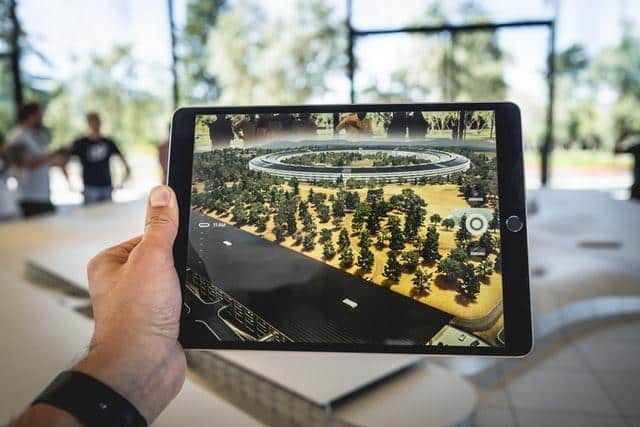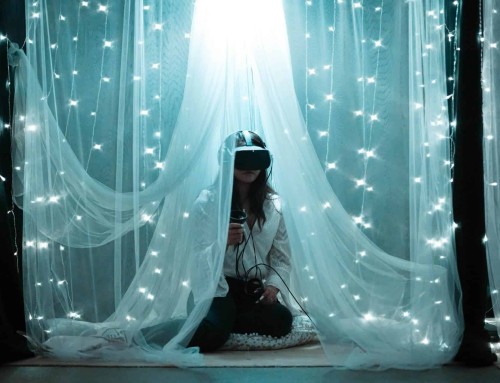What may have once seemed like a far off futuristic hobby, augmented reality apps or AR apps have emerged into our modern world, providing the potential for endless entertainment for all ages. If you’ve missed the hype surrounding them, AR apps take computer generated images and place them on top of the user’s real-world views, providing a half real, half virtual reality world. These images are combined to create a seemingly magical, seamless new reality. Accessible on all but the most outdated devices, these apps are changing the way we think of what apps are capable of.
It almost seems unavoidable to not mention the popular AR app, Pokemon Go. While not the first AR app out there, it was likely the first that made its way to mainstream consciousness with such acceptance. Everyone from the smallest preschooler to grandmothers could be found wandering neighborhoods in hopes of finding one of these virtual creatures tucked away in their familiar neighborhoods. Love it or hate it, it opened the door to bringing augmented reality apps to the general public without the stigma of being “for kids only”.
The growth of AR apps got a major boost with the recent announcements of new AR development platforms by two tech giants. Apple rolled out their ARKit platform, while Google presented their own platform, ARCore. Both of these promises to make augmented reality a very real part of our everyday reality. Both of these companies have enormous user bases and development communities that are sure to make AR explode in app usage in the near future.
Between these two, AR is expected to reach millions and millions of users over the next couple years, in part due to development potential for new markets. As it stands, when augmented reality apps are mentioned currently, most people tend to associate it with games. While gaming has and will continue to be a huge portion of the AR audience, other companies have already started to formulate ways to add AR functions to their own businesses. Imagine being able to virtually try on that new shirt you wanted to buy online. Point your phones cam at you or a friend and the app will mix realities to show you what it looks like.
This is similar to what Nordic furniture enterprise, Ikea has in mind as well with their iOS AR app Ikea Place. This iPhone app allows users to take a quick estimate of a room’s size and virtually place Ikea furniture around you. You’ll be able to walk right up to the furniture and get a closer look at the materials and texture. It lets the user see how it looks in their homes with ever leaving the house. Other companies have plans to integrate AR as well, with apps being developed for companies such as the Food Network, AMC, and Giphy.
Currently, however, technology limitations will likely keep these apps geared towards gaming and other for fun applications. This is where AR currently shines, with its ability to transport the user to a new version of their own world to catch a little monster, fight dragons or battle zombies, like in AMC’s Walking Dead AR game, Our World. There’s even AR for the little ones with ARkit’s take on the famous children’s book, The Very Hungry Caterpillar that lets tots feed a virtual caterpillar that eventually morphs into a colorful butterfly. As they pan the camera around their room, they’ll see all the butterflies they’ve created in the previous game plays. The new AR wars have begun, giving this technology the chance to become a mainstay in apps going forward.





